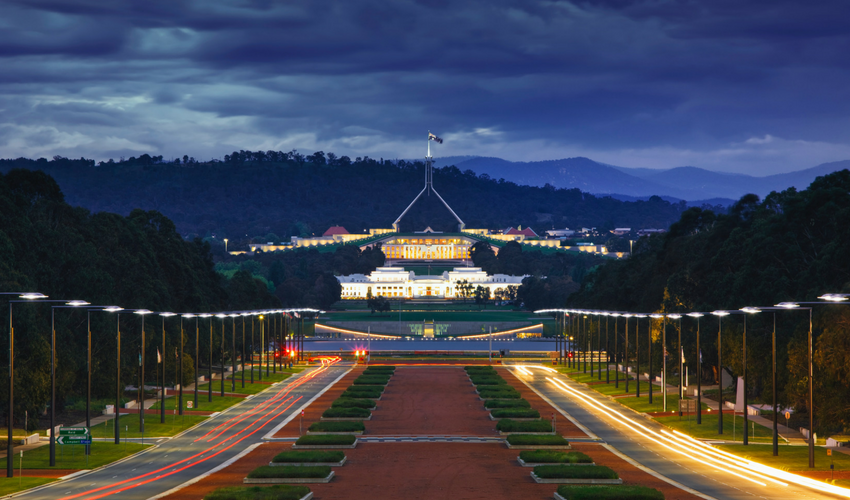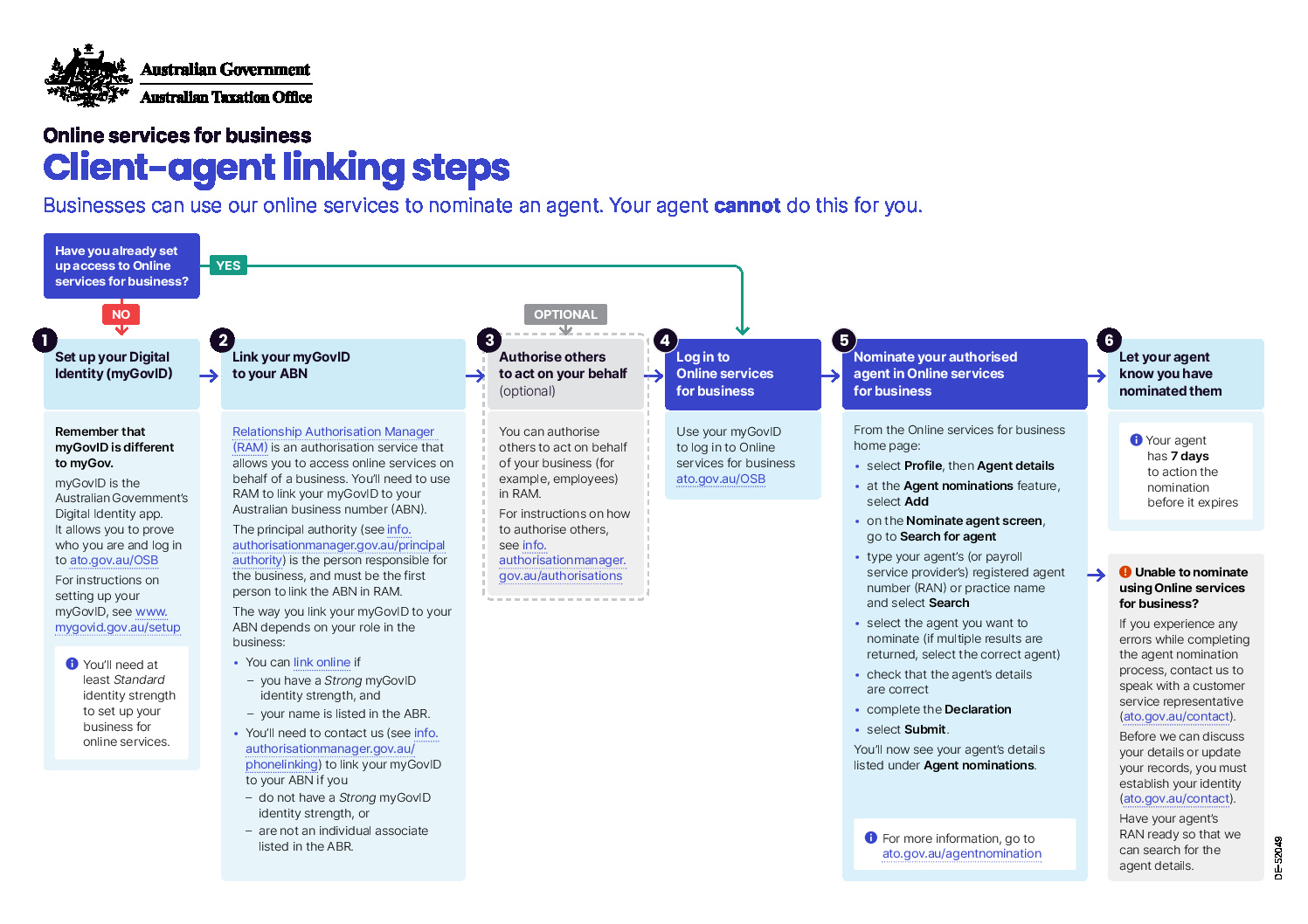What happened?
In a shock result, Scott Morrison and the Coalition have retained power and are likely to achieve a majority in the lower house, with five seats yet to be finalised. The Coalition achieved a 41% primary vote in an election that everyone had them losing, with Labor only achieving 33% primary vote. Queensland turned blue which caught many by surprise in light of the highly favoured state Labor government, whilst Victoria didn’t turn red enough to secure Labor victory.
How did it happen?
The analysis is ongoing, but we can point to a few pretty logical conclusions:
- Too much too soon – only a government already in power would campaign on bold and new policies, and only someone ill-advised would campaign on more than one or two major messages, but Bill Shorten and the Labor party managed to do both. We can see why these occurred given the expectation they would win big and perception that voters wanted change. However, the messaging ultimately confused voters and the big/bold new policies scared voters away. In stark contrast, Scott Morrison and the Coalition campaigned on one message (ie. “a fair go for those that have a go”) with one new policy (tax cuts for all). Simplicity clearly resonated.
- Alienation and division – too many of Labor’s policies alienated and divided larges sections of the voter base. Franking credits (retirees), negative gearing (anyone with an investment property, construction workers), climate change (higher energy prices in the near term, mining job losses), and higher wages / no corporate tax reform (less jobs). When you add all those together, it goes close to explaining the 66% of people who didn’t vote Labor. We’re not saying some of those policies don’t have long term merits or could be better represented with some adjustments, but the quantum scared plenty of voters away.
- Preference votes – this largely explains why Queensland turned blue (so close to State of Origin), with United Australia Party and Katter Party preferences going the way of the Coalition. When we look at the voter base, many Queenslanders rely on the mining sector for work and plenty of self-funded retirees south of the border move to Queensland for retirement. Labor’s climate change agenda directly impacted the Adani coal mine in northern Queensland which turned voters against them.
- Scott Morrison’s US style campaign – although many Australian’s fail to understand that our political system puts the party first not the individual (unlike US presidential campaigns), Scott Morrison very cleverly campaigned by himself and didn’t allow any of his front benchers to speak for the party during the campaign. This meant voters could get closer to him and that the messaging was very clear. When too many people at the top speak, the messaging almost always gets mixed.
- Economic backdrop – the Australian economy continues to weaken with inflation remaining weak and unemployment now starting to increase. Consumption is too low, as is wages growth, and the household budget is stretched under mortgage stress and higher household expenses (energy, private health insurance, school fees). In addition, the housing market continues to weaken affecting sentiment and the labour market. With that backdrop in mind, you have an incumbent government which earlier in the year announced a budget surplus much sooner than expected, and one campaigning on tax cuts for all, versus a challenger campaigning on plenty of change which in the short term may have led to job losses, higher energy prices, less investment in residential property, and lower ownership of franked Australian shares. We’re not saying these would’ve happened, but that’s what the electorate believed.
What does it mean?
There’s three main takeouts from the result of the weekend’s election:
- The lower house – the Coalition will lead the lower house with majority, and may even end up with a clear majority, which would allow them to appoint their own speaker whilst retaining the numbers on the floor of the house. This would give them clear passage in the lower house without having to rely on deals with the smaller parties. Some might argue that’s too much power, but it means a government can finally be decisive and not have to cut ridiculous deals that largely only advantage a tiny part of the population at the expense of the rest. The Senate is likely to remain messy, so the balancing of power remains.
- The Labor party – with Bill Shorten having stepped down as the leader of the Labor party, the party will need to appoint someone to fill the big hole left considering Labor was very united in Shorten as their leader. Whilst there are plenty of willing and qualified people to fill the role, that person’s job is made all the harder by virtue of the fact that voters made it very clear that the Labor policy agenda was wrong. The change required on the policy front is enormous, in addition to electing a leader who appeases both the right and left factions of the party.
- The RBA – their job has possibly been made somewhat easier in that they would prefer to not have to cut rates any further. It remains to be seen how supportive the Coalition’s policies will be on the economic front, but both the housing market and the share market will get a free kick out of the Coalition win, helping lift sentiment, whilst the Coalition’s majority in the lower house should also provide a much needed lift in business confidence and sentiment, which may result in greater private sector investment and less pressure on the labour market. Time will tell, however, the recent uptick in unemployment means that the RBA has seen all the pre-conditions achieved for a rate cut (low inflation, weak labour), which the market now expects in June and another one in the 2nd half of the year.
Do I need to re-think my portfolio?
The answer is broadly no, given no changes to franking credits or negative gearing. However, we’re not ones to encourage complacency, and we remain as active as ever in assessing and interpreting changes to information, whether they are Australian recession, Brexit, trade wars, etc. The main tenets remain:
- Diversification – the only free lunch
- Don’t over stretch for income or for growth – over-stretching ensures pain
- Rebalance and reassess – be willing to take advantage of opportunities, flexibility is important













